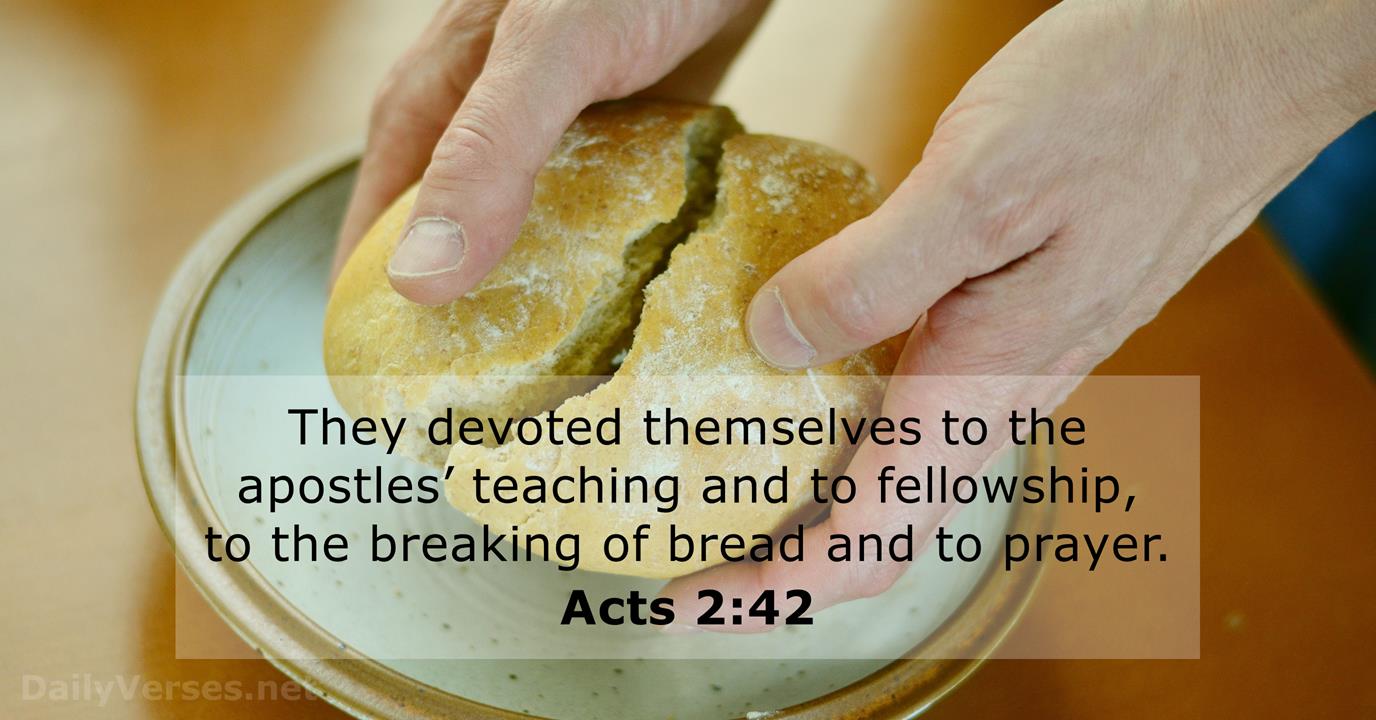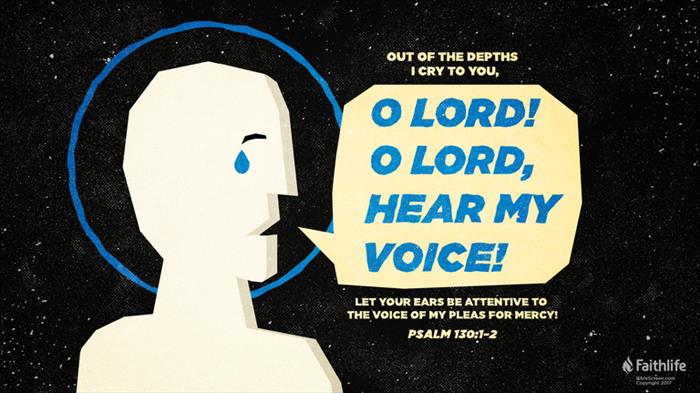Commentary Acts 2 42

The early Christian community, as depicted in Acts 2:42, presents a fascinating model of communal living and spiritual practice. This verse, which describes the devotees’ dedication to the apostles’ teaching, fellowship, breaking of bread, and prayer, offers a glimpse into the daily life and priorities of these first-century believers.
To understand the significance of Acts 2:42, it’s essential to consider the historical and cultural context in which the early Christian community emerged. The apostles, having witnessed the resurrection of Jesus and received the Holy Spirit at Pentecost, were now tasked with spreading the message of salvation and establishing a community of faith. The practices mentioned in this verse - teaching, fellowship, breaking of bread, and prayer - were not merely incidental but formed the core of their communal identity and spiritual growth.
The Apostles’ Teaching
The apostles’ teaching was foundational to the early Christian community. This teaching was not merely theoretical but rooted in the life, death, and resurrection of Jesus Christ, as well as the Old Testament scriptures that foreshadowed these events. The apostles, having been directly instructed by Jesus, were uniquely qualified to interpret His teachings and apply them to the lives of believers. Their instruction would have included explanations of Jesus’ parables, discussions on the Kingdom of God, and guidance on how to live a life that reflects the values of humility, love, and service exemplified by Christ.
Fellowship
Fellowship, or koinonia, was a vital aspect of the early Christian community. It referred to a deep sense of shared life and mutual support among believers. This fellowship was not limited to religious rituals but extended into the everyday lives of community members, who shared their resources, provided for each other’s needs, and stood together in the face of persecution. The practice of fellowship underscored the belief that followers of Christ were not isolated individuals but members of a larger spiritual family, bound together by their faith and commitment to one another.
Breaking of Bread
The breaking of bread had a dual significance in the early Christian community. On one level, it referred to the common meals shared among believers, which symbolized unity and mutual care. On another level, it was closely associated with the Lord’s Supper or the Eucharist, a sacrament instituted by Jesus during the Last Supper. In this context, the breaking of bread was a powerful reminder of Jesus’ sacrifice, a symbol of the new covenant, and an expression of gratitude for salvation. This practice served as a tangible connection to Christ and a means of remembering His command to love and serve one another as He had loved and served them.
Prayer
Prayer was the fourth element mentioned in Acts 2:42, highlighting its importance in the spiritual lives of early Christians. Prayer was not merely a ritualistic practice but a dynamic and personal means of communication with God. Through prayer, believers expressed their gratitude, confessed their sins, sought guidance, and interceded for others. The early Christian community’s commitment to prayer underscored their dependence on God and their recognition of the spiritual dimension of their daily lives. Prayer also served as a unifying force, bringing the community together in a shared act of worship and supplication.
Implementation and Impact
The implementation of these practices had a profound impact on the early Christian community. It fostered a sense of unity and purpose, provided a framework for spiritual growth, and demonstrated a radical commitment to living out the teachings of Jesus in everyday life. The community’s emphasis on teaching, fellowship, breaking of bread, and prayer created a vibrant, Spirit-filled environment where believers could mature in their faith, support one another through life’s challenges, and collectively bear witness to the transformative power of the Gospel.
Contemporary Relevance
The model presented in Acts 2:42 remains highly relevant for contemporary Christian communities. In an era marked by increasing fragmentation and isolation, the early Christian emphasis on community, mutual support, and shared spiritual practices offers a compelling alternative. By prioritizing deep, meaningful relationships, engaging in regular spiritual disciplines, and living out their faith in practical, tangible ways, modern believers can recapture some of the vitality and sense of purpose that characterized the first-century church.
Moreover, the diversity and inclusivity of the early Christian community, as reflected in the multicultural and multilingual gathering described in Acts 2, provide a powerful example for contemporary societies grappling with issues of diversity, equity, and inclusion. The early Christians’ ability to transcend their differences and come together in a shared commitment to their faith and to one another is a testament to the unifying power of the Gospel and serves as a challenging yet inspiring model for building harmonious and compassionate communities today.
Conclusion
Acts 2:42 offers a snapshot of the early Christian community’s life, highlighting practices that were crucial to their spiritual growth, communal harmony, and witness to the world. The apostles’ teaching, fellowship, breaking of bread, and prayer were not isolated activities but interconnected elements of a holistic approach to faith and community. As the church continues to evolve and face new challenges, revisiting and applying the principles embodied in this verse can revitalize spiritual practices, deepen communal bonds, and amplify the church’s voice and impact in the world. By embracing the communal, spiritual, and missional dimensions of their faith, believers can not only reclaim the vitality of the early church but also forge a path toward a more unified, compassionate, and effective witness in the modern world.
FAQ Section
What were the core practices of the early Christian community as described in Acts 2:42?
+The early Christian community was dedicated to the apostles’ teaching, fellowship, the breaking of bread, and prayer. These practices were central to their spiritual growth, communal life, and witness to the world.
Why is the practice of fellowship or koinonia significant in the context of Acts 2:42?
+Fellowship or koinonia was vital as it represented a deep sense of shared life and mutual support among believers, extending beyond religious rituals into everyday life, symbolizing unity and care for one another.
How does the early Christian community’s emphasis on teaching, fellowship, breaking of bread, and prayer serve as a model for contemporary Christian communities?
+This emphasis serves as a powerful model by highlighting the importance of community, spiritual growth, and practical expressions of faith. It encourages contemporary believers to prioritize deep relationships, engage in spiritual disciplines, and live out their faith in tangible ways, aiming for a more unified, compassionate, and effective witness in the world.


